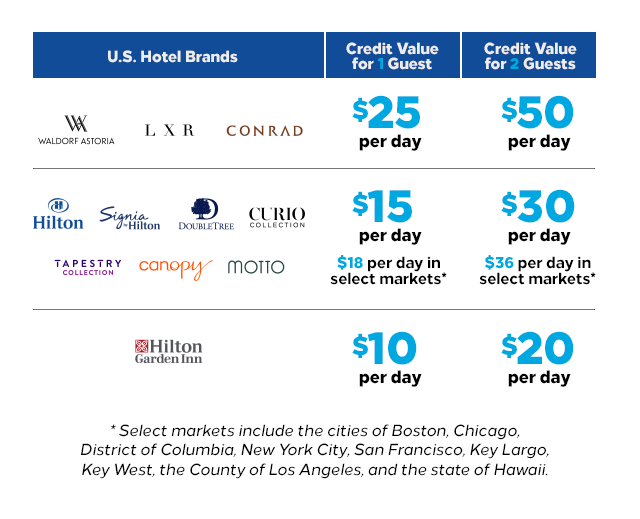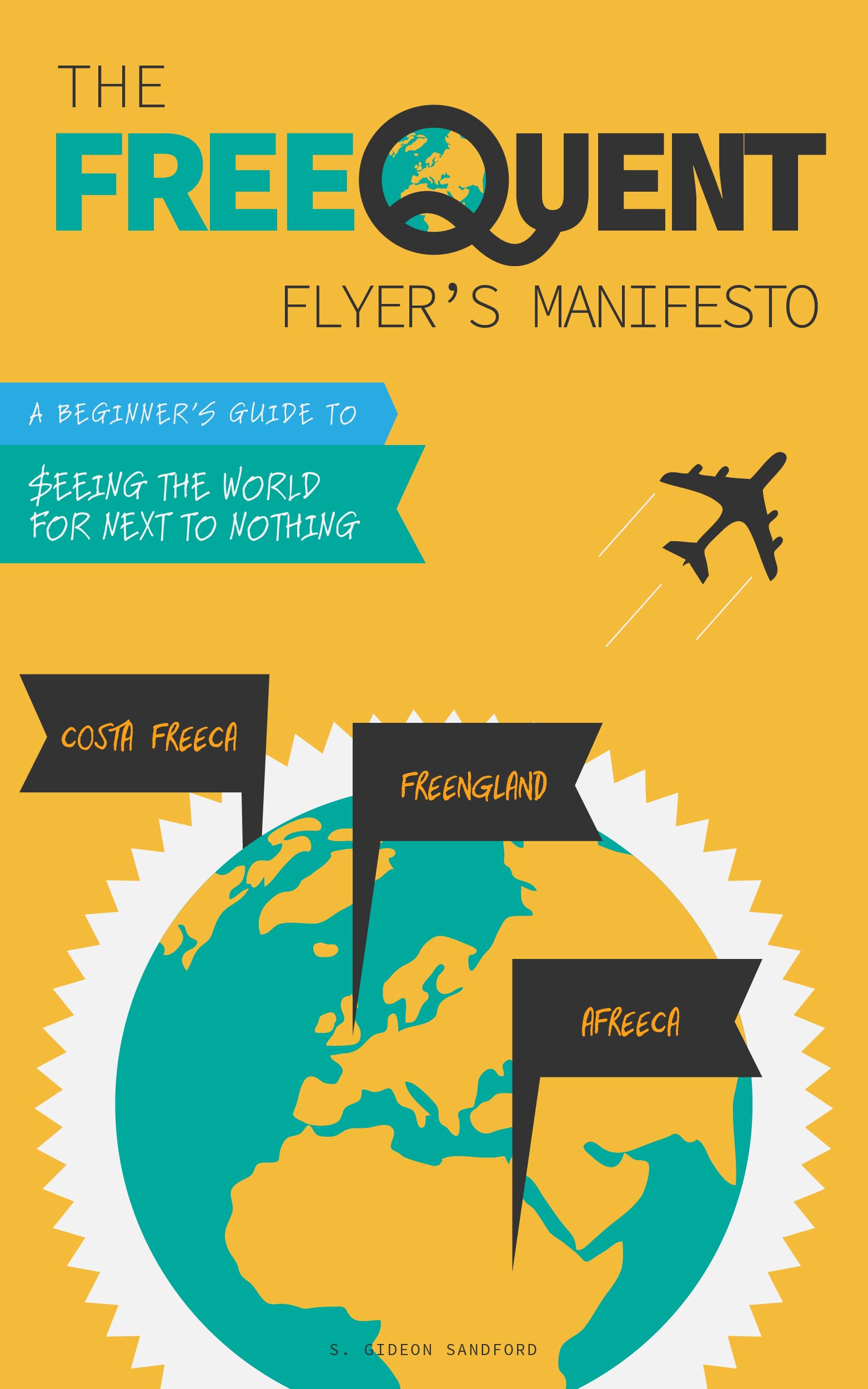Combining Ultimate Rewards points, transferring Hyatt points, and Hyatt booking follies
/Today’s post is a bit of an information dump, but it combines a number of issues I’ve been working through to get my trips booked for this spring and summer and that I haven’t seen covered clearly anywhere else online.
Combining Chase Ultimate Rewards points
For those of us with multiple Ultimate Rewards-earning credit cards, combining points between our own accounts is routine: earn 5 points per dollar in a quarterly bonus category, like this quarter’s grocery store bonus category on the Chase Freedom, then transfer those points to a card that allows for transfer to Chase’s travel partners or higher-value Ultimate Rewards travel portal redemptions.
But what about combining points between new household members or employees? It’s possible, but there are a few important things you need to know.
First, combining points is always done from the “sender’s” side. There’s no way to “request” points, or “pool” points held in multiple card accounts. Each sender Ultimate Rewards account has to initiate a non-reversible transfer to a “receiver” account.
Second, adding a new receiver account can no longer be done online; you’ll need to call the number on the back of your Ultimate Rewards-earning credit card and provide the recipient’s credit card number. Since my flexible Ultimate Rewards card is a business card, in my case I chose to have my sender add one of my non-flexible Freedom cards as the receiver card. I was then able to instantly convert those non-flexible points into flexible Ultimate Rewards in my legacy Ink Plus account.
Finally, senders are only allowed to add “one member of your household or owner of the company, as applicable” as recipients.
There’s a lot to unpack here. Most importantly, it means that you should not set up you and your partner as mutual recipients, since this would use up the recipient slots of each household member. Instead, it would be ideal to keep the receiver’s recipient slot open to add an additional recipient. In this way, points could be moved and consolidated in larger and larger numbers across multiple Ultimate Rewards accounts before being transferred to a single travel partner account.
Additionally, it suggests the possible value of keeping your flexible Ultimate Rewards accounts attached to separate Chase online accounts. The logic here is that while you want to preserve the flexibility of your own Ultimate Rewards points, you also may want to have more than one household transfer target, so if you have, for example, a Chase Sapphire Preferred or Reserve and a flexible Chase Ink product, you could attach separate recipient targets to each online account.
I have not experimented with this extensively, but wanted to alert readers to some interesting possibilities they can explore further for themselves.
Chase World of Hyatt point transfers are no longer instant
Transfers from Ultimate Rewards to World of Hyatt used to be immediate: log out and log back in and your balance was already updated. Regrettably, no more. I submitted a transfer on the evening of Thursday, February 17, and my points didn’t land in my World of Hyatt account until the morning of Saturday, February 19. It wasn’t the end of the world, but since I wasn’t aware of the new delay, it certainly kept me awake for a couple nights frantically refreshing my Hyatt account.
On the one hand, if you’re planning a trip weeks or months in advance, you have nothing to worry about; your points will probably arrive in plenty of time. On the other hand, if you’re frantically booking a last minute stay, don’t count on immediate Chase transfers for your Hyatt redemptions.
Member-to-member Hyatt points transfer timing
World of Hyatt, like Hilton Honors, allows members to transfer points between each other for free using the Point combining request form. For an upcoming stay, I submitted the form on Saturday, February 19. I received an immediate automated response, and the transfer was finally completed on the following Friday, February 25.
So if you’re planning to combine points in order to book an award, give yourself plenty of time to allow the transfer to go through.
Hyatt award booking chaos
Of course, combining Ultimate Rewards points, transferring them to World of Hyatt, then combining them in another member’s account aren’t done for fun. They’re done to book Hyatt awards, and this is where I ran into the truly stupefying and genuinely serious consequences of Hyatt’s new award charts and booking system.
It’s worth reminding readers of two facts:
World of Hyatt properties are still defined by category;
Within each category, award nights are charged at either an “off-peak,” “standard,” or “peak” rate.
This has the key corollary that a Category 1-4 free night certificate is worth 50% more on a Category 4 “peak” day than on a Category 4 “off-peak” day, saving 18,000 points instead of 12,000 points.
Now let’s get to the chaos. When booking a multi-night stay, World of Hyatt will only show you the rate available on the first night of the stay, even if the property moves from “standard” to “peak” during the stay.
To find out the nightly award rate, you have to view the property’s “Points Calendar.” Here’s the calendar for the Hyatt Place New York City / Times Square:
In this case, trying to search for a 2-night award stay will show that standard nights are available “from” 17,000 points per night.
But unless you have enough points in your World of Hyatt account to book the reservation, it will not show you the final price of 37,000 World of Hyatt points, which might lead you to transfer 34,000 Ultimate Rewards points instead, and then find out to your horror you’d run out of time to book the award.
Finally, and most egregiously, in order for award availability to appear online, the exact same room type has to be available for every night of your stay.
Putting it all together
You’ve made it this far so I don’t want to make you do any more homework and I’ll put the pieces together for you. When planning a Hyatt award and transferring Ultimate Rewards points, take the following steps in this order:
Find the property you want to stay at and click the “Points Calendar” button
This will allow you to see the award rate for every night of your planned stay. Add those rates together and you will get the total cost of your stay.
2. Check standard award availability for your entire stay. Plug your hotel and dates into Hyatt and it will show you whether there is standard award availability in a single room type for your entire stay (although it will miscalculate the total cost of your stay if award rates vary by night). If so: congratulations! Transfer the required number of Ultimate Rewards points you calculated in Step 1 to Hyatt and hope the space is still available when the transfer is completed.
3. If standard award availability isn’t available for your entire stay, don’t despair. It may be the available room types simply shift during your stay. Now comes the boring part: check each day of your stay individually for standard award availability, and book “clusters” of nights in each room type. For example, standard award availability might be available in a two queen room for 2 nights, a one king room for 2 nights, and an accessible king room for 1 night. Book them each separately.
4. If necessary, call the hotel and ask to stay in the same room for your entire stay across all your reservations. They might not accommodate you, depending on the circumstances, but moving your crap around a single hotel is a lot easier than moving between hotels, which I’m not too proud to confess I’ve done more than once over the years.



